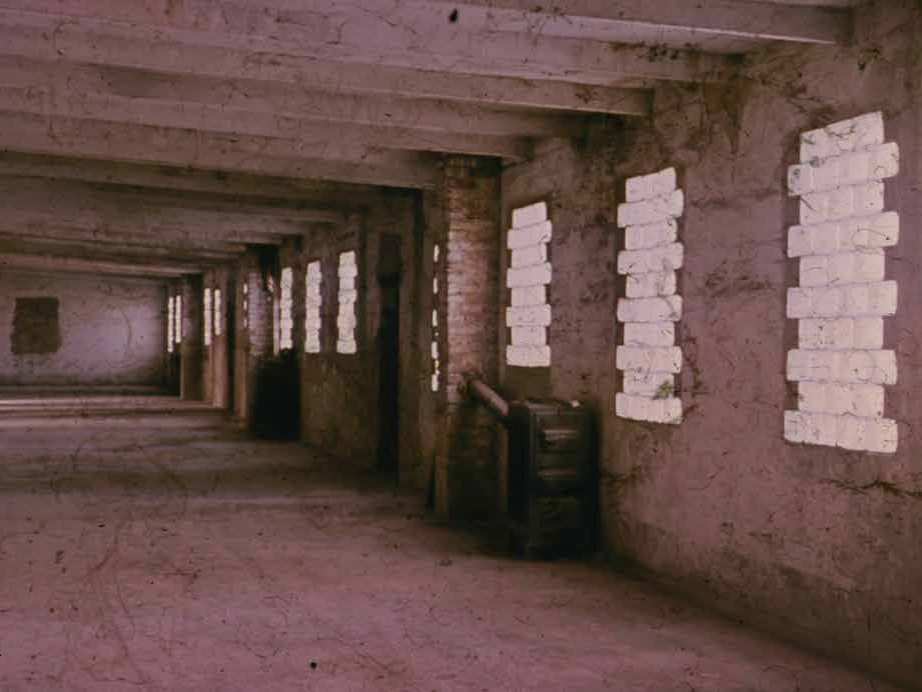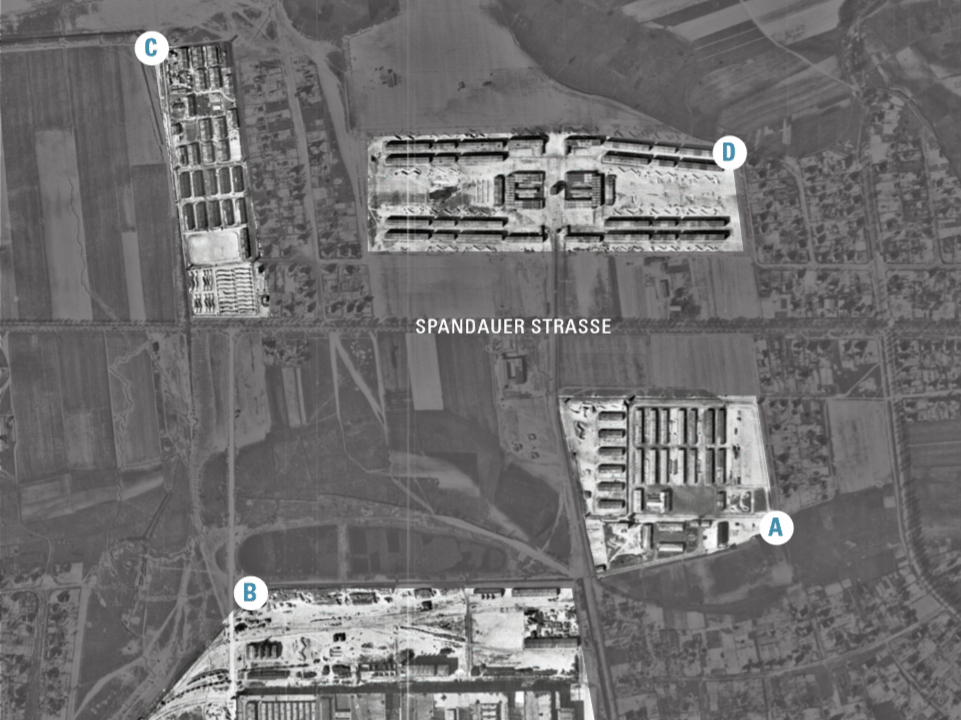
Overview Historic Park
A satellite camp of the Sachsenhausen concentration camp was located on the site of today's Falkensee History Park from 1943 to 1945.
to the page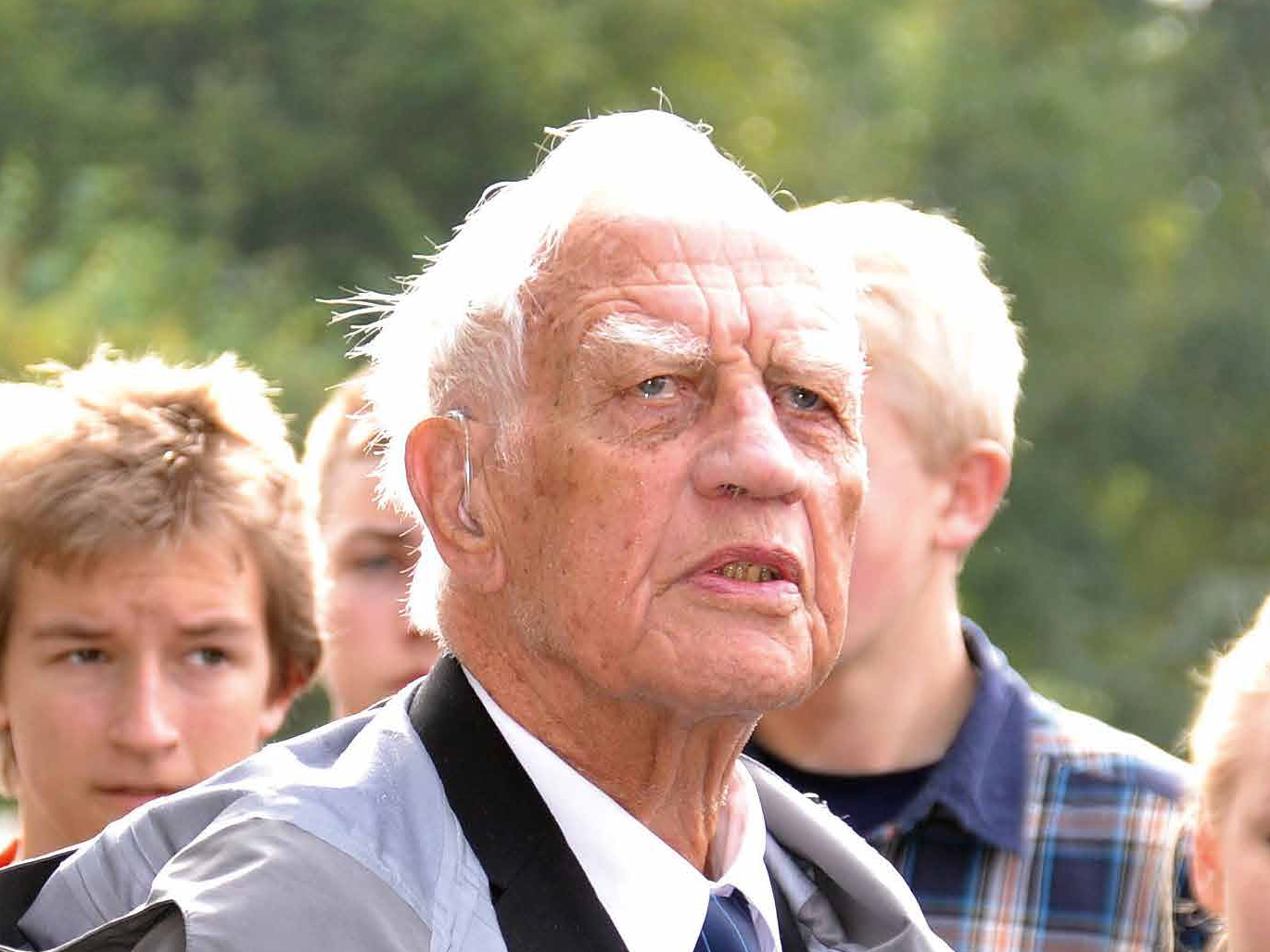
History ambassador Syversen
Sigurd Syversen was 21 years old when he came to Falkensee for the first time. In June 1943 he arrived at the subcamp together with other Norwegian prisoners. He was arrested in Norway in 1942 and was imprisoned in the Grini concentration camp, in the Sachsenhausen concentration camp and in the Staaken subcamp.
to the page
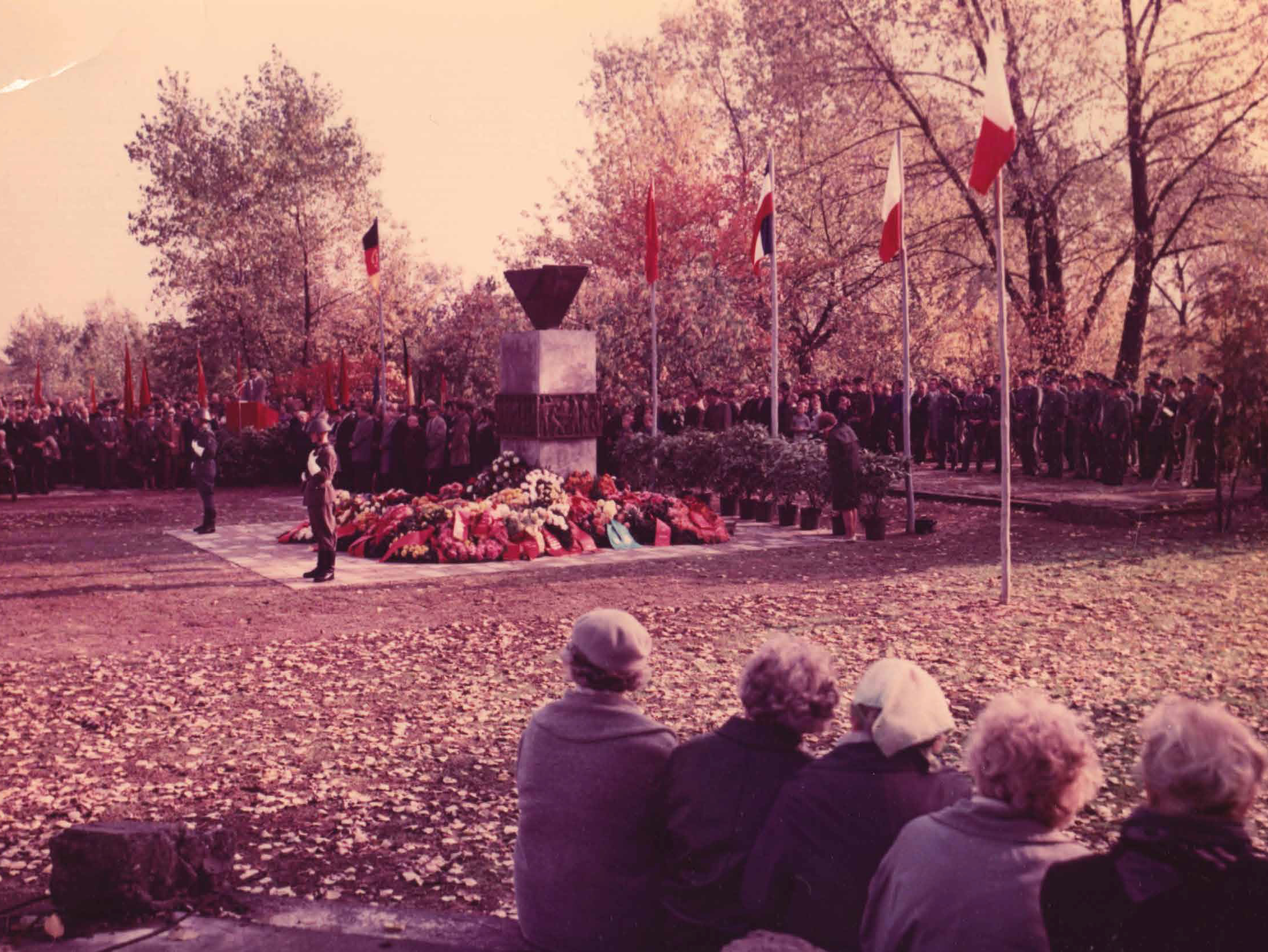
Memorial and Place of Remembrance
In April 1965, 20 years after the liberation of the concentration camp, former French prisoners visited Falkensee. At the place of their suffering they donated a commemorative plaque as a reminder.
to the page
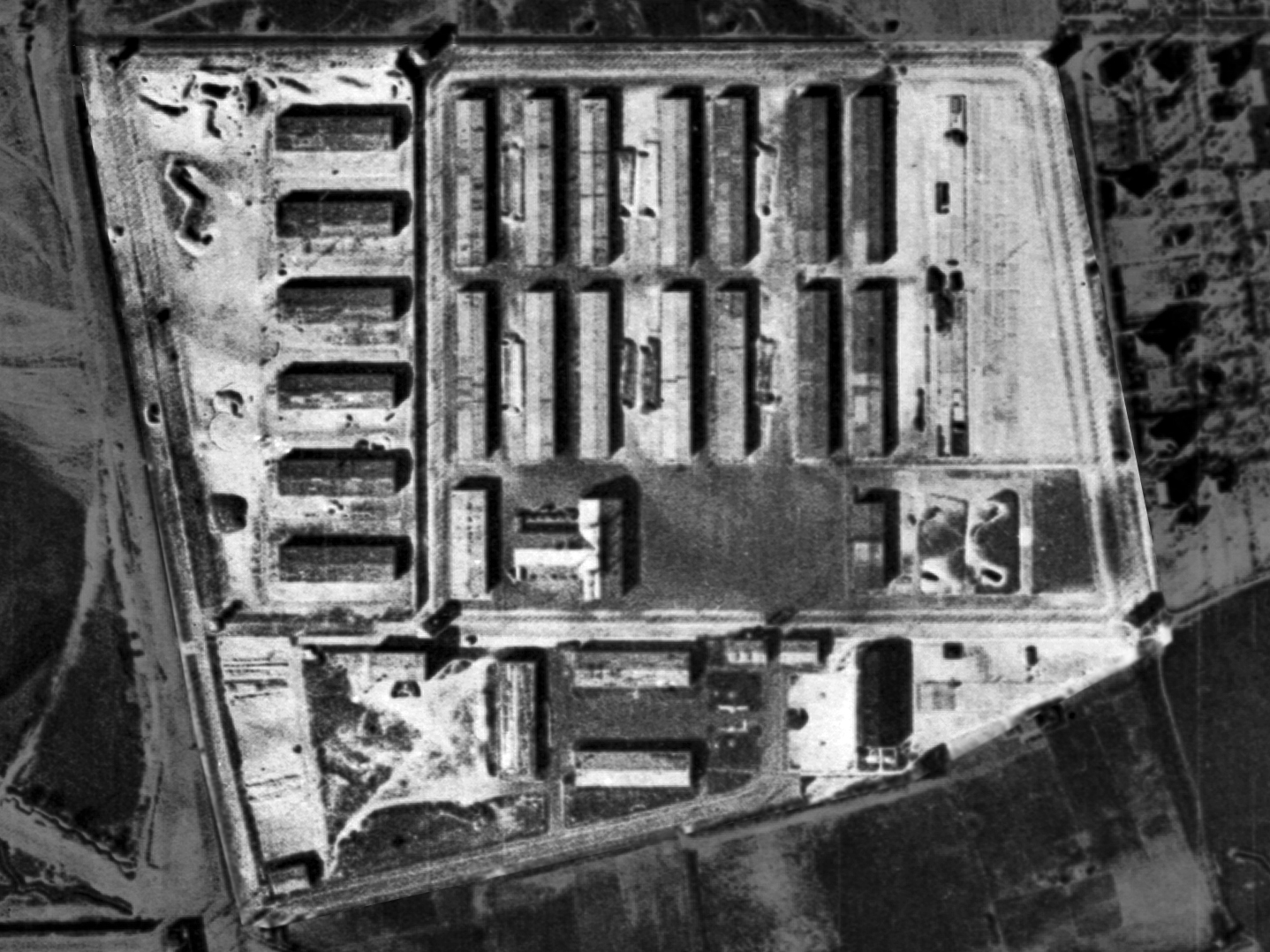
Origin of subcamps
In the summer of 1943, the first prisoners moved into the Falkensee subcamp. With the increasing number of air raids on Berlin, the risk of fires in the forced labour camps increased.
to the page
Everyday life as a prisoner
On 10 July 1943, more than a thousand prisoners moved into the subcamp in Falkensee, which they had built themselves with virtually no technical equipment. They had walked for kilometres every day and performed extremely hard physical labour.
to the page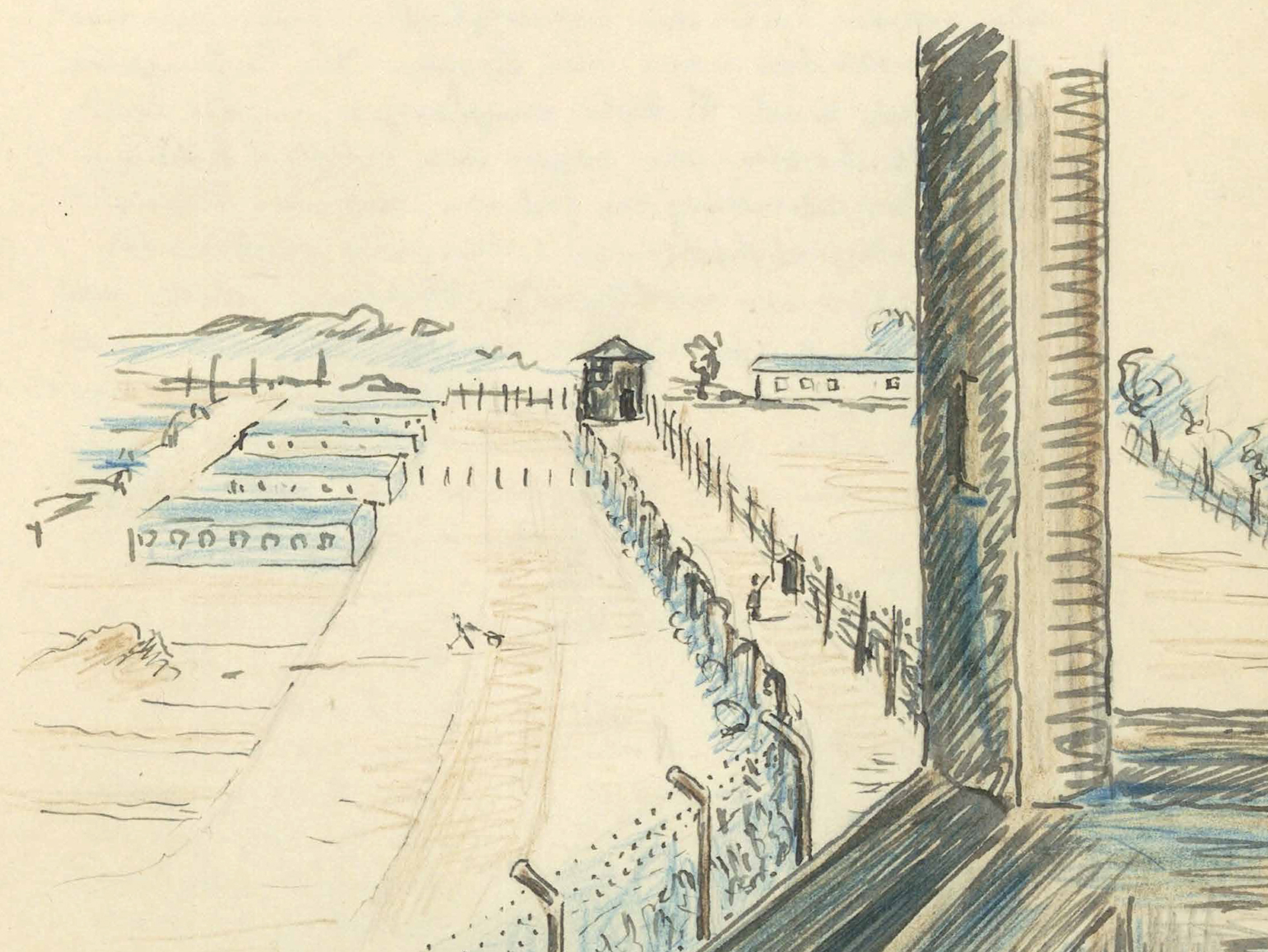
Perpetrator
The SS provided the command and guard personnel at Falkensee Subcamp. Two names are already associated with the Staaken forerunner of the Falkensee camp, which had existed since January 1943: Kommandoführer SS-Obersturmführer Kurt Ludewig and Rapportführer SS-Oberscharführer Fritz Ficker. Both were later charged with six premeditated murders of prisoners in the Staaken camp.
to the page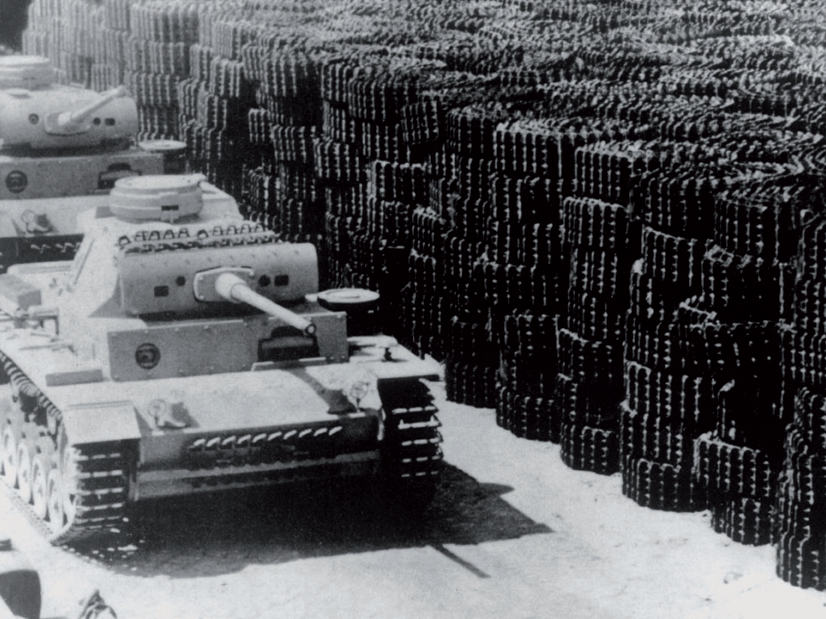
Defence industry
Over the course of the Second World War, the German armaments industry played an increasingly important role. In October 1942, Demag, Deutsche Maschinenbau AG, based in Falkensee, received an order from the Army High Command to build 3,000 ‘Panther’ tanks.
to the page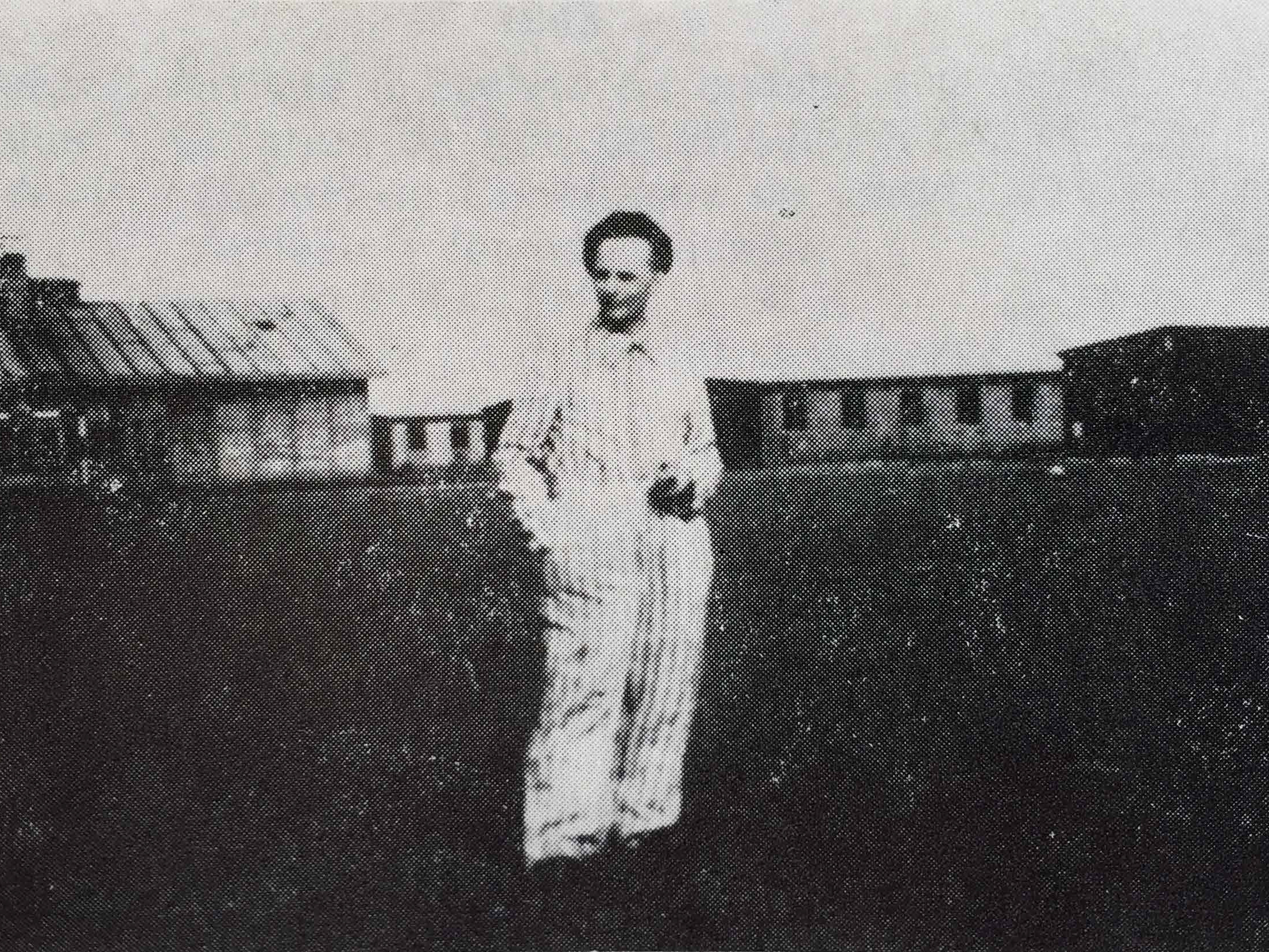
Warehouse liberation
To organise the concentration camps, the SS made use of so-called prisoner functionaries, often German, who took on a wide variety of tasks in the camp and were supposed to implement the orders of the SS. Over the course of the war, the shortage of SS personnel increased.
to the page